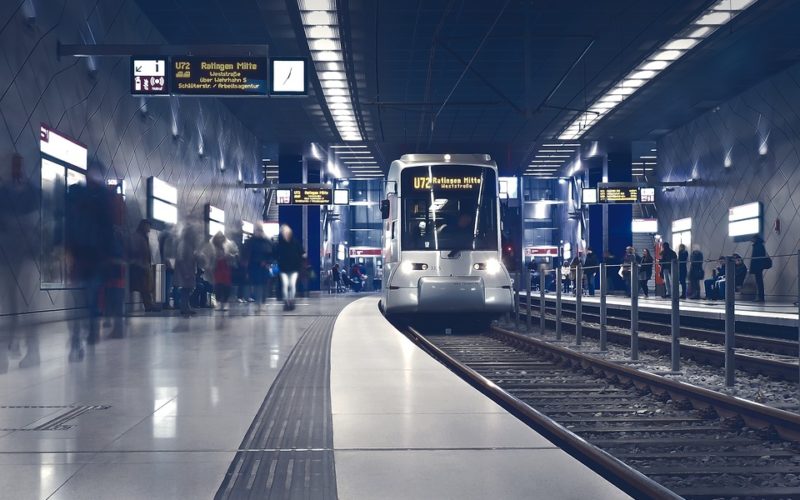The presence of potholes is a common yet highly detrimental issue faced by many drivers daily. Dangerous, damaging, and indicative of underlying infrastructure challenges, potholes present a multifaceted problem for both vehicle owners and municipal authorities. Within the scope of approximately 600 words, we will explore the causes of potholes, their effects on vehicles and road safety, and the broader implications of this persistent issue on our roadways.
Understanding potholes and their causes
Potholes are more than just nuisances; they are roadway defects that can stem from a variety of underlying issues. Essentially, they form when water penetrates the ground beneath the pavement through cracks or breaks in the road's surface. This water can expand when it freezes, displacing the pavement and weakening the structural integrity of the road. The continuous pressure from vehicles eventually causes the road surface to collapse, forming a pothole. Poor maintenance, substandard road construction, and extreme weather are significant contributors to the proliferation of potholes.
The impact of potholes on vehicles and road users
For drivers, the sudden jolt of hitting a pothole can be unnerving and potentially dangerous. Potholes can cause a variety of issues for vehicles, including tire punctures, damaged rims, alignment problems, and suspension system harm. Besides immediate damage, frequent encounters with potholes can lead to premature wear and tear on vehicles, culminating in costly repairs and maintenance. For road users, particularly motorcyclists and cyclists, potholes pose a severe safety hazard that can result in accidents and injuries.
Addressing the economic side of the pothole problem
The economic cost of potholes is far-reaching. Individual vehicle owners bear the brunt of repair costs, which can quickly add up. On a larger scale, cities and municipalities allocate significant portions of their budgets to road repair and maintenance, diverting funds that could be used elsewhere. The societal cost, which includes lost productivity due to traffic delays, detours, and accidents caused by potholes, also adds to the economic toll.
Pothole repair and prevention strategies
Repairing potholes is often described as a Sisyphean task; as soon as one is filled, another emerges. Regular maintenance, using durable materials, and employing modern repair techniques can extend the life of roadway surfaces and reduce the recurrence of potholes. Preventative strategies include proper drainage systems to avoid water build-up and regular inspections to identify and resolve potential problem areas before they become full-fledged potholes.
The role of technology in combating pothole formation
In an era of rapid technological advancement, innovative solutions have emerged to tackle the pothole predicament. Some regions have implemented 'smart pavement' systems that monitor roads' conditions in real-time, allowing for prompt identification and response to emerging potholes. Other technologically-driven remedies include the use of recycled plastic to enhance the durability of asphalt, ensuring roads are more resilient to the conditions that induce pothole formation.
Final thoughts on the path forward
Though potholes are an enduring challenge, the path forward involves a combination of innovation, investment, and proactive management. Increased funding for road infrastructure, the adoption of new technologies, and community engagement in reporting road hazards are all critical in creating smoother and safer roads. While potholes may never be entirely eradicated, through concerted efforts and smarter approaches, we can mitigate their impact and frequency, paving the way for a more reliable and robust transport network.




















